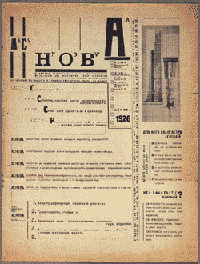
This description closely resembles the transition for me from the bookwork to the web. It also raises, however, the sticky issue of public access/techno-elitism. Granted, I mad the shift to the web at The Banff Centre for the Arts, in ideal working conditions, but for years before and since, I operated with no computer whatsoever. Before I bought a machine in November 1997, my affair with "my mistress the computer" was an adulterous one, and non-monogamous - stolen moments with some girlís scanner, another manís printer, an afternoon in the empty apartment of a friend, away from prying eyes.
Learning HTML to create art work has had the unexpected side effect of giving me a marketable skill. It finally became possible to exchange favors as it were. HTML is in effect, the easiest was to crack into any so-called "techno-elite", although, like all good things, it leads to harder stuff. There is a regenerative effect with HTML tied up in its reproducibility. Copy and Paste, and this time, not just the images but also the glue that holds them together. Not that I'm a stealer and a cheat, but being able to View Source and see how other people were doing things gave me the perfect Petri dish environment in which to let this work mutate, multiply and grow.